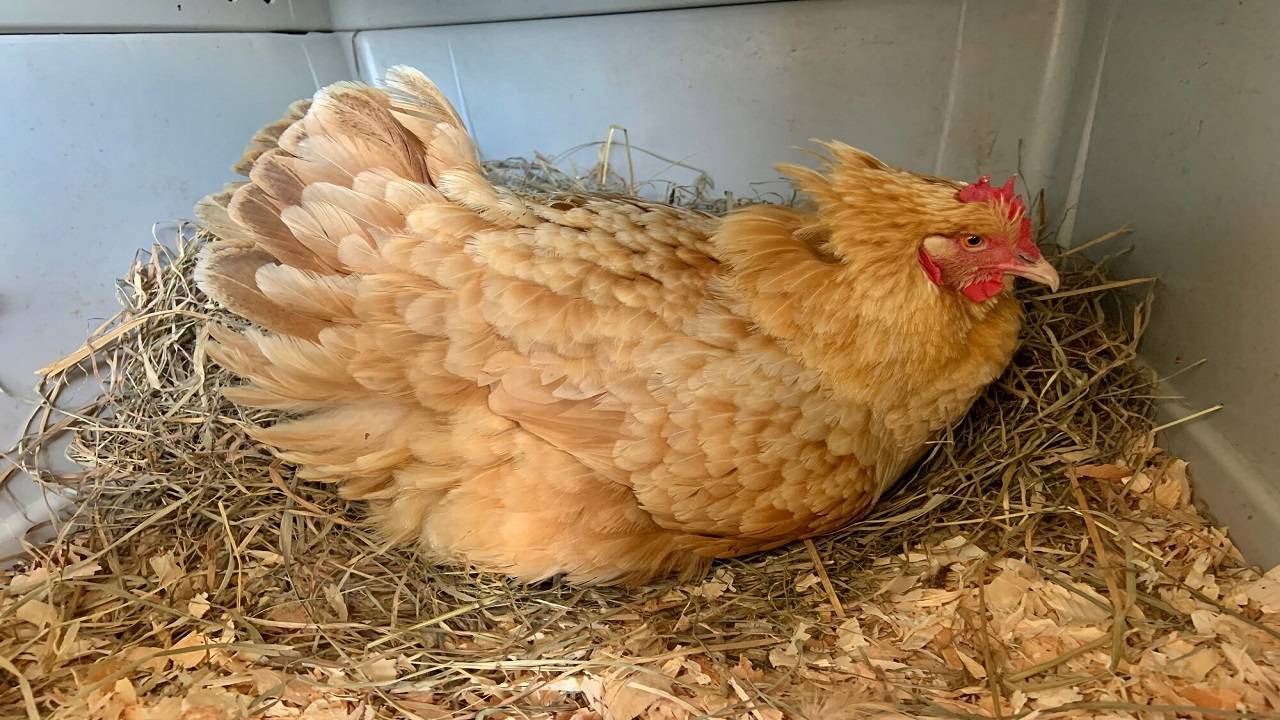
Breeding chickens naturally is a good way to increase the numbers in your flock and turn a profit by selling healthy chickens. But what are the logistics of breeding and hatching chicks-
Breeding
When you decide to breed your chickens, it is considered sensible to prepare for the new birds by providing sufficient housing and spacing. Breeding chickens is a more self-sustainable option for increasing your chicken population as you are not dependent on any outside sources for reproduction. Purchasing chickens from hatcheries can be very stressful on chicks plus they are of poor quality.
Practice selective breeding
To increase your flock size, expert breeders recommend practicing selective breeding. Selective breeding may depend on multiple factors such as breeding your two favourite birds or increasing or developing a certain breed further. The birds you choose to breed should be healthy, have a normal temperature, and meet your production goals. When promoting a certain breed, choose specimens that represent the desirable characteristics of your chosen breed. It is also advised to cross-breed two different species as many pure breeds become spoilt by poor breeding.
Number of chickens to breed
It is recommended to select the top 10 to 20% of your flock for breeding.
Choose healthy birds for breeding While choosing birds for breeding, look for the following physical and behavioural qualities-
The birds you select for breeding should have vigour and vitality. Therefore, look for birds that are active, eat well, forage well, are not aggressive, are protective, are healthy, and get up early in the morning.
Look for birds that have bright eyes and wide, deep bodies. Also, the wider the distance between the breastbone and the vent, then the healthier the chicken.
Plan to breed for spring
Chickens tend to be more prolific breeders during the springtime.
Hatching
Check eggs for fertilization
Eggs that are fertilized will have a small white splotch that resembles a bullseye.
Make the mother comfortable
After the hen has done breeding, don’t bother her a lot when she is in brooding mode. The broody hen needs to feel safe and protected in her brooding pen. She doesn’t abandon her eggs and chicks. Plac her food and water nearby and leave the eggs alone. Once the chicks hatch, they will regulate their temperature by snuggling under her. The family will take care of themselves as long as there is food and water nearby.
Inspect the hatching process
Inspect the process of hatching. It is very common for some eggs to not hatch. When you notice unhatched eggs four days after the first chick hatches, quietly remove them from the brooding pen and candle them to see what is inside.
Egg selection for hatching
Egg selection for hatching is essential. Check for size, shape, colour, and texture. Selecting incorrect eggs can reduce the hatchability. The better the quality of eggs, the better the hatchability.
Now, that the eggs have hatched, feed the same food to both the mother and the chicks. You can also feed the starter to your broody hen because it is next to impossible to separate the mother. The starter will provide the chick with protein and will help her stay healthy during incubation. During this time, enjoy watching the mother hen take care of her babies and shows motherly instincts. At first, it is best to separate the chicks from the rest of the flock. This is because some of the birds can be aggressive to the new chick.
















